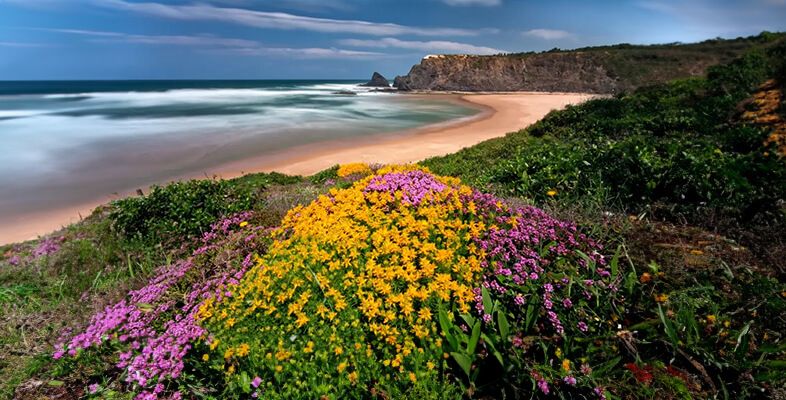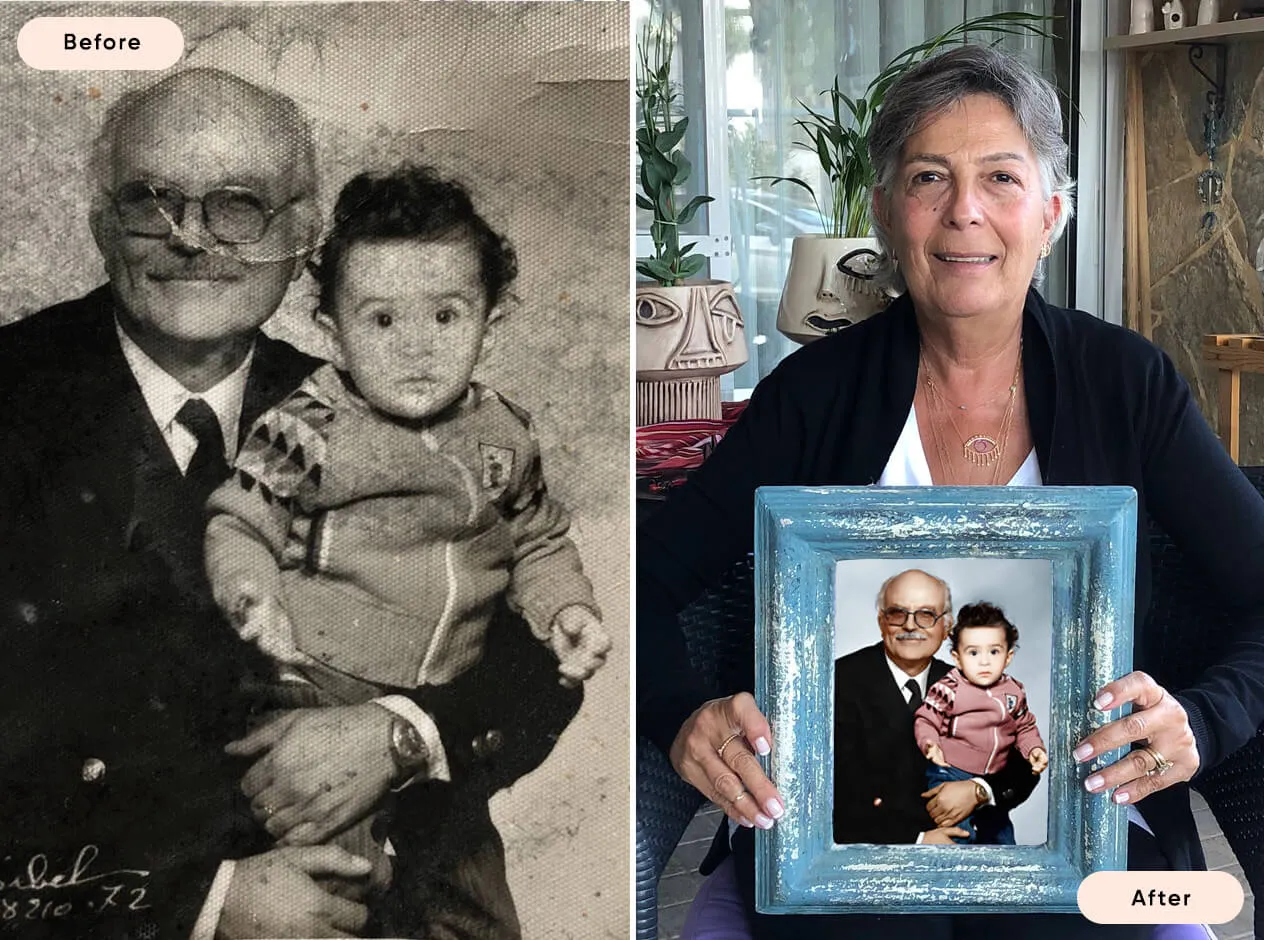Foreground Interest
Foreground interest is a powerful technique in photographic composition that adds depth, context, and a focal point to your images. By incorporating elements in the foreground, photographers can create more engaging and dynamic photos that draw the viewer's eye and lead them into the scene. This article explores the concept of foreground interest, how it works, and provides practical tips for using it effectively in your photography.
What is Foreground Interest?
Foreground interest refers to incorporating elements in the foreground of your composition to enhance the overall image. These elements serve as a visual anchor, guiding the viewer’s eye from the front of the image into the background. Foreground interest can include anything from rocks, flowers, and trees in landscapes to objects, textures, and people in urban settings.
Examples of Foreground Interest
Nature: In landscape photography, foreground interest might include rocks, plants, or water features that lead the eye towards a mountain or sunset.
Urban Scenes: In cityscapes, it could be a bench, street art, or architectural details that draw attention to the larger scene behind.
Portraits: Including elements like branches, frames, or other objects can add context and depth to portrait shots.
How Foreground Interest Works
Foreground interest works by creating a sense of depth and scale in your images. By having a distinct element in the foreground, you provide a point of reference that helps the viewer understand the spatial relationships within the scene. This technique can make a two-dimensional photograph appear more three-dimensional and immersive.
Depth and Scale
Including foreground elements helps establish a sense of depth by providing layers within the image. The foreground, middle ground, and background work together to create a three-dimensional effect, making the scene more realistic and engaging.
Leading the Eye
Foreground interest can act as a leading line, guiding the viewer’s eye through the image. This visual pathway helps the viewer navigate the scene, starting from the foreground and moving towards the main subject or background.
Foreground Interest in Composition
Incorporating foreground interest into your compositions requires thoughtful planning and an understanding of how elements interact within the frame. Here are some tips to help you use foreground interest effectively.
Balance and Harmony
Ensure that the foreground element complements the rest of the scene rather than overwhelming it. The foreground should enhance the overall composition by adding interest and depth without distracting from the main subject.
Positioning and Framing
Place the foreground element strategically within the frame. Using the rule of thirds, you can position the element off-center to create a more dynamic composition. Experiment with different angles and perspectives to see how the foreground element interacts with the rest of the scene.
Using Light and Shadows
Lighting plays a crucial role in emphasizing foreground interest. Look for natural light that highlights the foreground element, creating contrast and drawing attention to it. Shadows can also add depth and texture, enhancing the overall composition.
Foreground Interest as a Framing Device
Foreground elements can also be used as a framing device to enclose the main subject and focus the viewer's attention. This technique creates a visual boundary around the subject, enhancing its prominence within the composition.
Natural Frames
Look for natural frames like tree branches, archways, or windows that can surround your subject. These frames add context and depth, making the main subject stand out.
Creative Framing
Experiment with unconventional framing techniques, such as shooting through objects like fences, leaves, or even fabric. This adds a layer of intrigue and creativity to your images, making them more compelling.
Foreground Interest with Normal and Telephoto Lenses
Different lenses can affect how foreground interest is captured and perceived in your photos. Understanding the strengths of normal and telephoto lenses can help you make better use of foreground elements.
Normal Lenses (35mm-50mm)
Normal lenses provide a field of view similar to human vision, making them versatile for capturing scenes with foreground interest. These lenses can effectively balance foreground and background elements, creating a natural perspective.
Telephoto Lenses (70mm and above)
Telephoto lenses compress the scene, making foreground and background elements appear closer together. This compression can create a dramatic effect, emphasizing the relationship between foreground interest and the main subject. Telephoto lenses are excellent for isolating specific elements and drawing attention to them within a busy scene.

More Ways To Use Foreground Interest In Photographic Composition
Using Reflections
Reflections in water, glass, or other surfaces can add an interesting foreground element that enhances the composition. Reflections can create symmetry, add texture, and provide an additional layer of depth.
Incorporating Movement
Capturing movement in the foreground, such as flowing water, swaying grass, or passing people, can add a dynamic element to your photos. Movement creates a sense of life and energy, making the image more engaging.
Textures and Patterns
Foreground interest doesn’t always have to be a distinct object. Textures and patterns in the foreground, such as pebbles, sand, or foliage, can add a tactile quality to your images. These elements provide visual interest and help draw the viewer’s eye into the scene.
Seasonal Elements
Incorporate seasonal elements like autumn leaves, spring flowers, or winter snow to add a temporal context to your photos. These elements not only enhance the foreground interest but also convey the mood and atmosphere of the scene.
Conclusion
Foreground interest is a powerful compositional tool that can transform your photographs by adding depth, context, and a focal point. By understanding how to use foreground elements effectively, you can create more dynamic and engaging images. Experiment with different lenses, lighting conditions, and compositional techniques to make the most of foreground interest in your photography. Whether you’re capturing landscapes, urban scenes, or portraits, incorporating foreground interest will help you create visually compelling photos that draw the viewer in and tell a richer story.

Or Get YourMoney Back
back your money in the rare case you are not satisfied with the quality of your
damage-free pictures. Only $38 for most image restorations regardless of damage

All rights reserved.